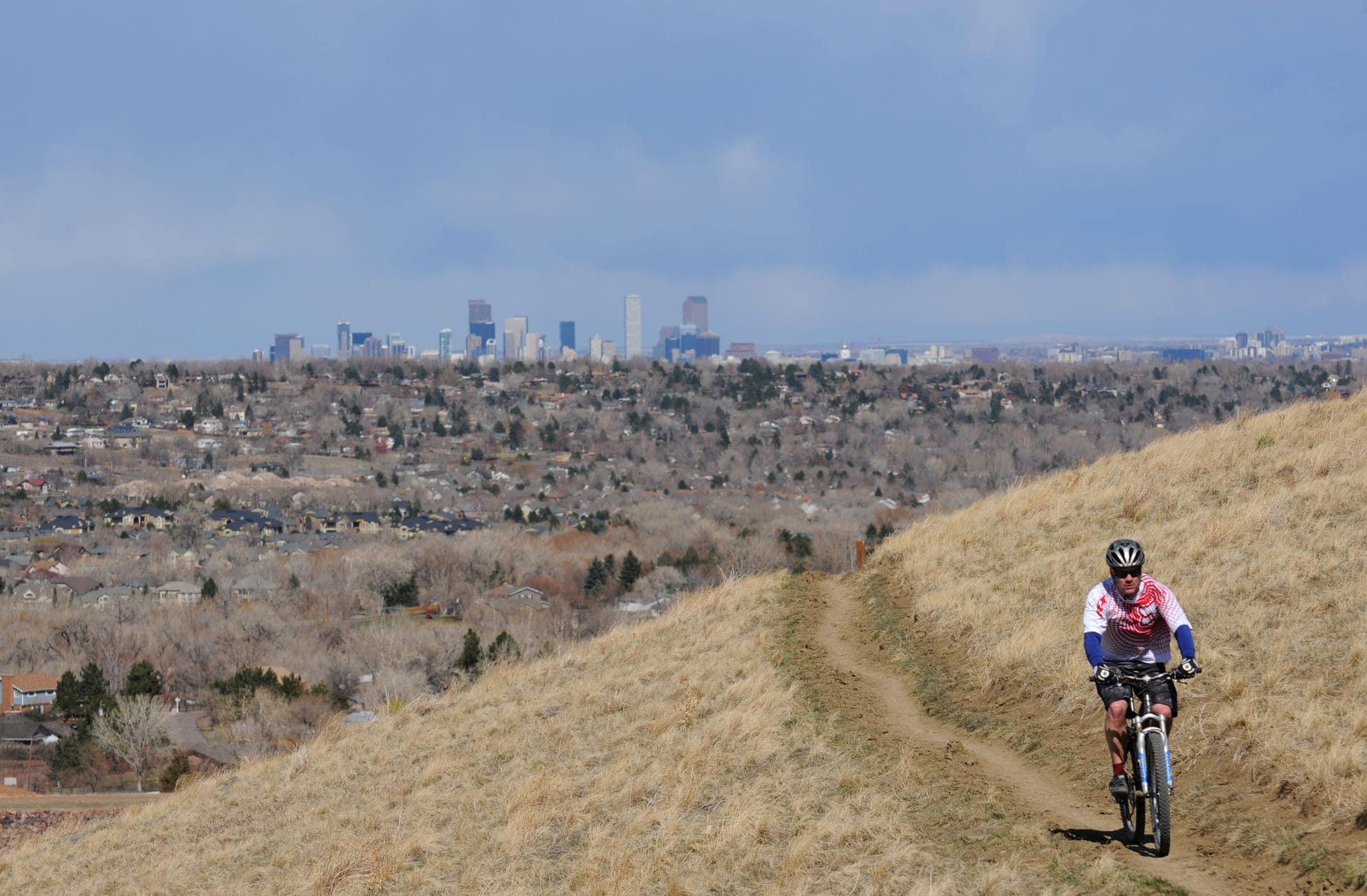Trying to define quality of life is a bit like trying to catch a fly with your bare hands: you’re always on the verge of getting it, but can never quite capture it.
It means different things to different people and can manifest in different ways, which is why investing in quality of life isn’t always a straightforward proposition. In some cases, city planners and developers might encounter resistance to quality of life projects, in part because they’re not seen as necessary.
The truth is that quality of life matters to everyone, regardless of class, ethnic background or gender. You don’t just want the basic necessities needed to live, like clean water or reliable power, but you want to be happy.
For local government and business leaders, you also want a talent pool of skilled workers who aren’t going to move away, not to mention a local economy that’s stable. While on the surface it might seem counterintuitive, investing in projects aimed to make people happier has a tangible, positive, impact on local economies.
Here are a few potential projects that promise to increase happiness and provide a spark to the local economy. That’s what we call a win-win.
Recreational trails
Pittsburgh is famous for being one of the biggest turnaround cities in American history, going from shedding hundreds of thousands of jobs in the 1980s to becoming a desirable hub of innovation today.
One of the major keys to Pittsburgh’s turnaround was repurposing defunct railroad corridors into riverfront recreational trails. This gave citizens a free way to enjoy and see the city, and turned what might have been eyesores into public spaces.
Providing recreational trails has well-documented economic benefits, too many to list here, but a few highlights include boosting spending to businesses located near trails, increasing nearby property values and influencing relocation decisions.
Businesses and employees considering where they want to be located rank walking and biking paths as a key consideration. Attracting top talent isn’t enough — you want them to stick around. Recreational trails offer a desirable, low-cost way to keep workers happy, attract new business and keep money flowing into the local economy.
There’s a reason Denver has become one of the hottest cities in the country and it’s not just jobs or housing growth: the endless trails connecting the metro area and countless areas to explore in the nearby mountains tend to have an impact.
Affordable housing
Everyone wants a nice place to live. It’s a simple, universal desire, and most would agree that everyone deserves access to decent living conditions.
But when a neighborhood blows up and property values spike, residents that have been living there comfortable for years, maybe even decades, may suddenly be forced to either come up with more money out of the blue or end up looking for another living situation. In many cases, there are very little, if any, options for relocation.
Affordable housing ensures those who would otherwise be displaced are able to continue living in the same neighborhood, continue pumping money into the local economy and in many cases become job creators themselves.
Research by the National Association of Home Builders (NAHB), shows that “the ripple effect from residents of these [affordable] units can support as many as 30 new jobs in a wide array of industries, including retail, healthcare, and local government.”
Additionally, investing in building affordable housing means generating construction jobs, which has additional ripple benefits for local economies.
Walkability — outside of downtown
One challenge for suburban developers and planners has traditionally been keeping people working and living in the area.
It’s easy to see why someone would buy a house in the suburbs, even when they work downtown — you get more bang for your buck. It’s no secret that the price per square foot is lower for suburban homes, but commuters end up spending less time at home.
Companies may also be reluctant to locate outside of urban centers, as most workers will want nearby amenities such as restaurants, gyms and other businesses nearby.
Some suburban planners are creating communities in the suburbs that feature all the amenities you would find in the heart of the city. It’s known as placemaking, and while it’s been growing and catching on in cities for a while now, developers are starting to bet on the strategy
One developer in Davis, California, is creating a planned community that mirrors a hip neighborhood, more than tract homes that all look the same. He tells Curbed that, “What isn’t appealing to buyers is a mass of 500 homes done in three different colors of beige. Now, you’re seeing people focus on building neighborhoods that people really want to live in.”
Businesses are more likely to locate or relocate near areas where amenities are easy to access for workers, and workers are more likely to live and work in the same area when there’s more opportunities for entertainment and dining. Keeping that money in local businesses also enables more small businesses to thrive, creating jobs and ultimately increasing the value of the area for everyone.
Suggested Reading:
Being happy isn’t just for fun
It’s not a stretch to say that the majority of humans want to be happy. While the granular definition of happiness can vary, having a nice roof over your head and access to fun things to do is a great starting point.
And making people happy isn’t just a nice thing to do. It has a real impact on the economy, enabling growth for people across socioeconomic statuses, and attracting additional investments.
Maybe Bobby McFerrin was actually a savvy investor. It turns out his advice makes sense: “Don’t worry, be happy.”


